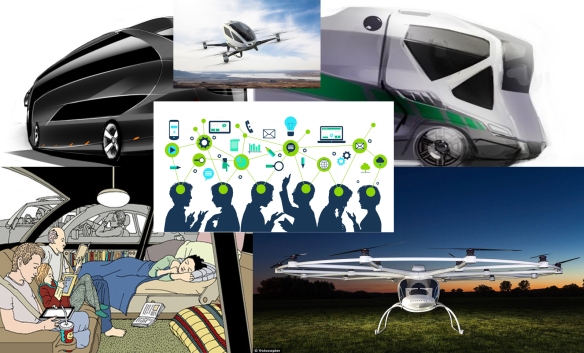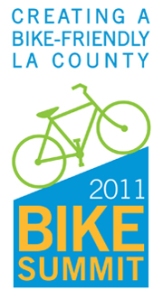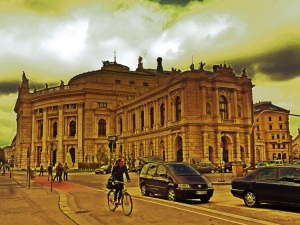
The Emerging Autonomous Transportation Model
The promise of autonomous vehicles portends new levels of freedom and efficiency. The driverless journey affords interactions and productive activities precluded until now by dint of our required attention to driving. Predicts Dan Neil of The Wall Street Journal,
“Autonomy will make it possible for unmanned automobiles to be summoned, via app, to your location. And not just any passing tramp steamer, but exactly the vehicle you need for the occasion, cleaned and fueled, for as little or as long as you need. … When you’re done—poof!—it will go away.”
This suggests less cars on the road as car ownership becomes unnecessary, while more efficient transportation as service proliferates. An entire infrastructure will happen, as evidenced today by the Tesla efficiency model of solar-to-battery as energy source, which might eventually and entirely replace today’s gas stations.
Safe and efficient flight options will change radically as demonstrated by the soon-to-be-fully-autonomous passenger drones showcased at CES 2016 including the German Volocopter and the Chinese Ehang 184 . Flying efficiently anticipates the same Tesla solar-charged battery replacement model. Autonomous drones will also be demonstrated to be safe and efficient, and with the same Uber-style-on-demand transportation-as-service and software model. Car makers such as Ford Motor and Honda agree that we are in a new era of mobility as reported by Wired.
These radical changes, above all, suggest an opportunity to vastly improve our various daily travels that bring us safely and efficiently (fast and reliable travel) to places and people for our professional and social engagements. Everywhere we go will soon be joined by a corresponding preparation effort that anticipates the destination’s human, place-based, and contextualized interactions.
We might for example call upon a private office room for our autonomous and shared van-like vehicle equipped with electrical power, WiFi, a common lounge cafe, and restroom. Or we might join a team of engineers going to a field-based project to review all technical schematics and representations in a boardroom-style set up. Alternatively, we might also call upon a smaller vehicle that let’s us simply rest and look out the window. Whatever vehicle type and services we request, the journey and destination become joined and complementary rather than fundamentally separate phenomena as they are today.
The Rise of Blended Learning
In higher education, the flipped classroom concept is a simplistic way to suggest that students can prepare outside of class with organized online lectures and readings for a more interactive, socially connected, in-class experience — moving away from the traditional in-class lecture. Experiential learning takes it further, and connects learners with actual experiences in time and space — most often occurring naturally outside of the classroom. Researchers Alice and David Kolb describe experiential learning this way:
“Experiential learning theory offers a dynamic theory based on a learning cycle driven by the resolution of … action/reflection and experience/abstraction. These two dimensions define a holistic learning space wherein learning transactions take place between individuals and the environment. … The process of learning from experience is ubiquitous, present in human activity everywhere all the time.”
While research is still mixed on the efficacy of “experiential learning,” it is also true that there is little agreement on what we mean by experiential learning. Do learners receive guidance? How much are they exposed to expert insights and factual knowledge? How much do they learn in terms of abstract knowledge and frameworks? What is the level of facilitation and support?
Let us then assume that learners received at least as much support for experiential learning opportunities as in-class learners who check on Blackboard, Canvas, Saba or other learning management system for the syllabus and course logistics, assignments, and possibly readings and video lectures. This reality of a blended learning environment is common, and typically 80% of face-to-face courses are blended and likely this is a core reason for the high level of interest in flipped classroom research. It is also likely that research will fully validate the strength of experiential learning as a successful learning model once the facilitation and support levels are comparable across teaching strategies and pedagogies.
As an indicator, a 2009 engineering research study found that situated learning, a form of experiential learning that incorporates ‘flipped classroom’ principles, was verifiably successful in both increasing student motivation and improving learning achievements. This should make sense to anyone who has learned to ride a bike, cook a meal, fix a car, or even build an IKEA bookshelf: it is a lot more powerful to construct or actually physically do something and to remember more details and principles over time, than to read about it exclusively in a recipe, owner’s manual, book, or video instructions.
New Mobilities for a New Learning Paradigm
As autonomous transport becomes a reality, and our journey becomes integrated with activities that are inextricably linked to time-sensitive location technologies, we have myriad new opportunities to reinvent education to conform to our natural lives. Lifelong learning might mean recombining with teams focused on contextualized problems, challenges, and projects. To a great extent, industry is already forming teams and providing blended learning environments that satisfy compliance requirements for managers and employees, while incorporating the learning design into the work.
Educational institutions that recognize the power of blended learning and flipped classroom strategies that work for the learners and instructors in the context of the course, program and institutional learning goals, will fair much better in our just-in-time efficient human interaction future. Such institutions are focused on both efficiency and efficacy, and are measuring outcomes based on existing instructional and academic standards that are supported with a sustainable resource model.
As we anticipate our new mobilities future, we are well served in education to consider our services and how these can be measured. Knowing what works in today’s static, place-based campus model that is supported by networked web and mobile technologies such as the learning management system, will go a long ways toward transitioning to a more dynamic model that threads in time-sensitive, location-based interactions with ‘flipped classroom’ content and static knowledge.
Predictably we will see situated and experiential learning as a sustainable and effective educational model that is supported by mobile and networked technologies that in turn reinforce the mind and body in the context of effective learning — as easy and as real and as measurable as riding a bike!

 Meanwhile, American higher education continues to tout its ‘academic freedom’ foundation upon which tenure, research, and the entire institution rests so as to help assure a knowledge role that is unbiased by industry, the market, and political influences from national and state governments. Yet nothing could be further from the truth. Instead we see higher education participating and even competing with the industry in ways that are
Meanwhile, American higher education continues to tout its ‘academic freedom’ foundation upon which tenure, research, and the entire institution rests so as to help assure a knowledge role that is unbiased by industry, the market, and political influences from national and state governments. Yet nothing could be further from the truth. Instead we see higher education participating and even competing with the industry in ways that are 

